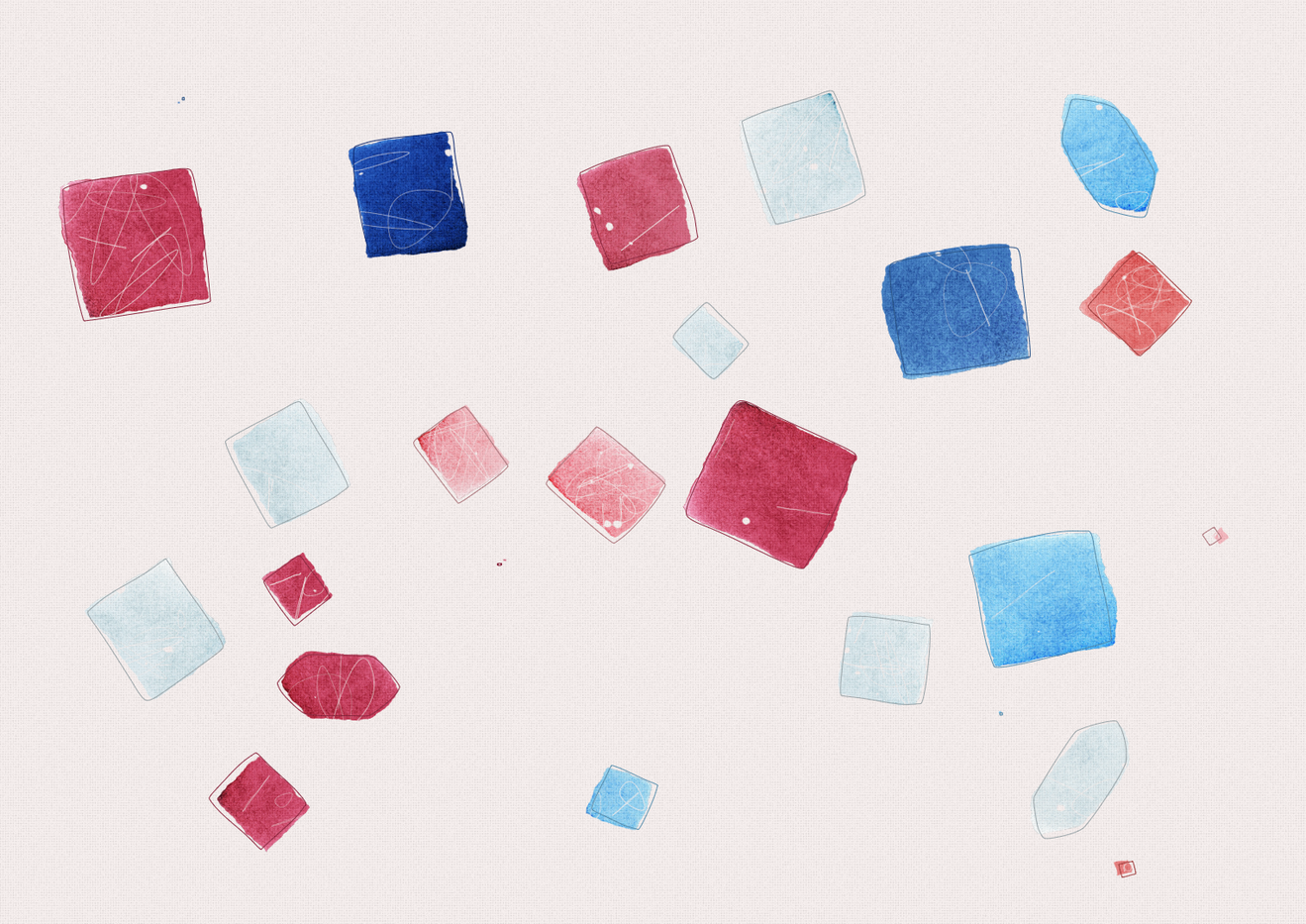JemP
French collector
Enjoying redeems and params
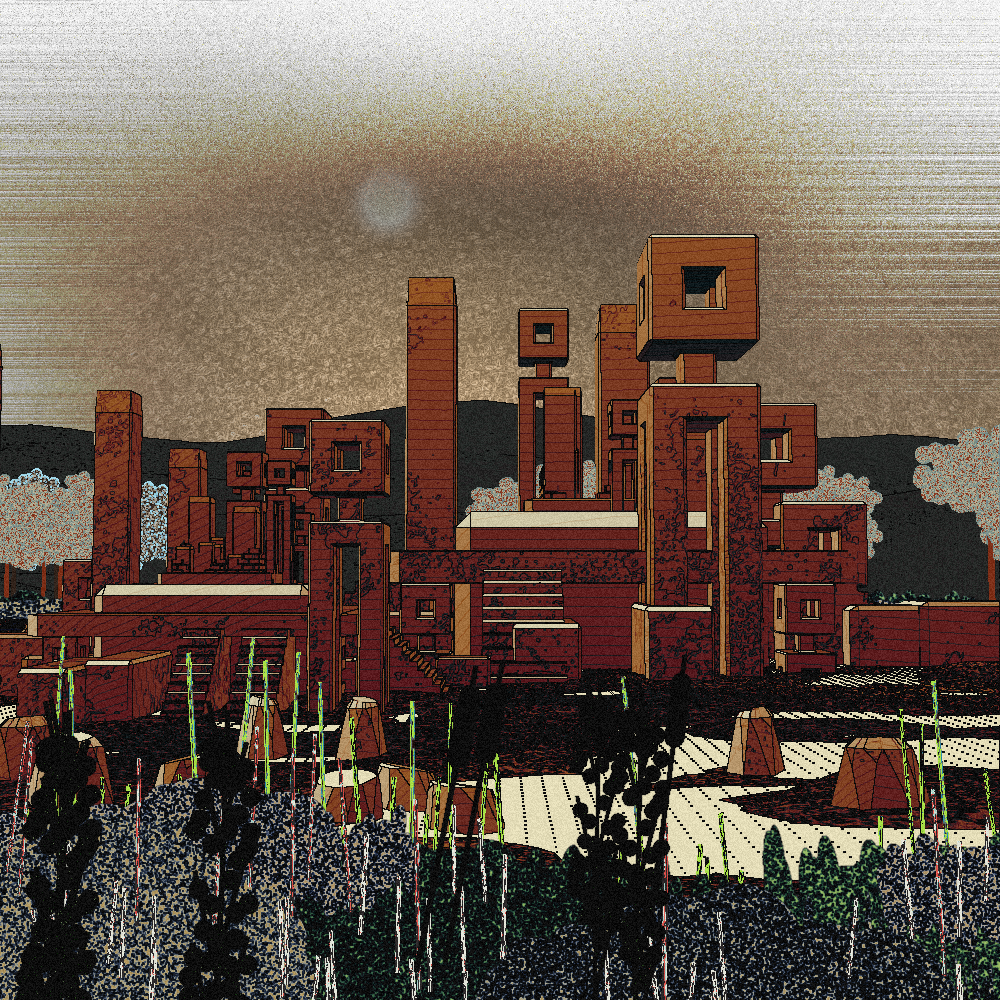
Ego's Land
A short information for the impact of generative art on my traditional art and an update on my latest collection.
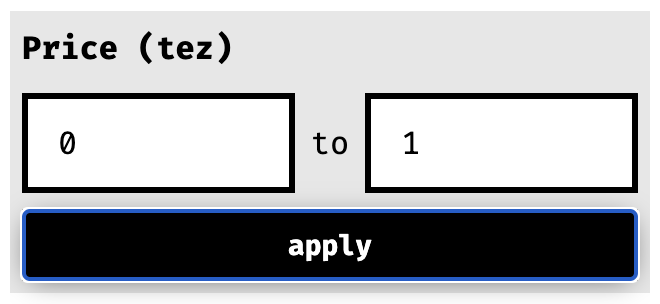
Amazing Drops Not Sold Out! 1 xtz & Under
Projects that are still open for minting that deserve to be rediscovered and have the rest of their iterations created, regardless of how long that takes. All projects here are only 1 xtz or lower and created by verified artists on the platform.
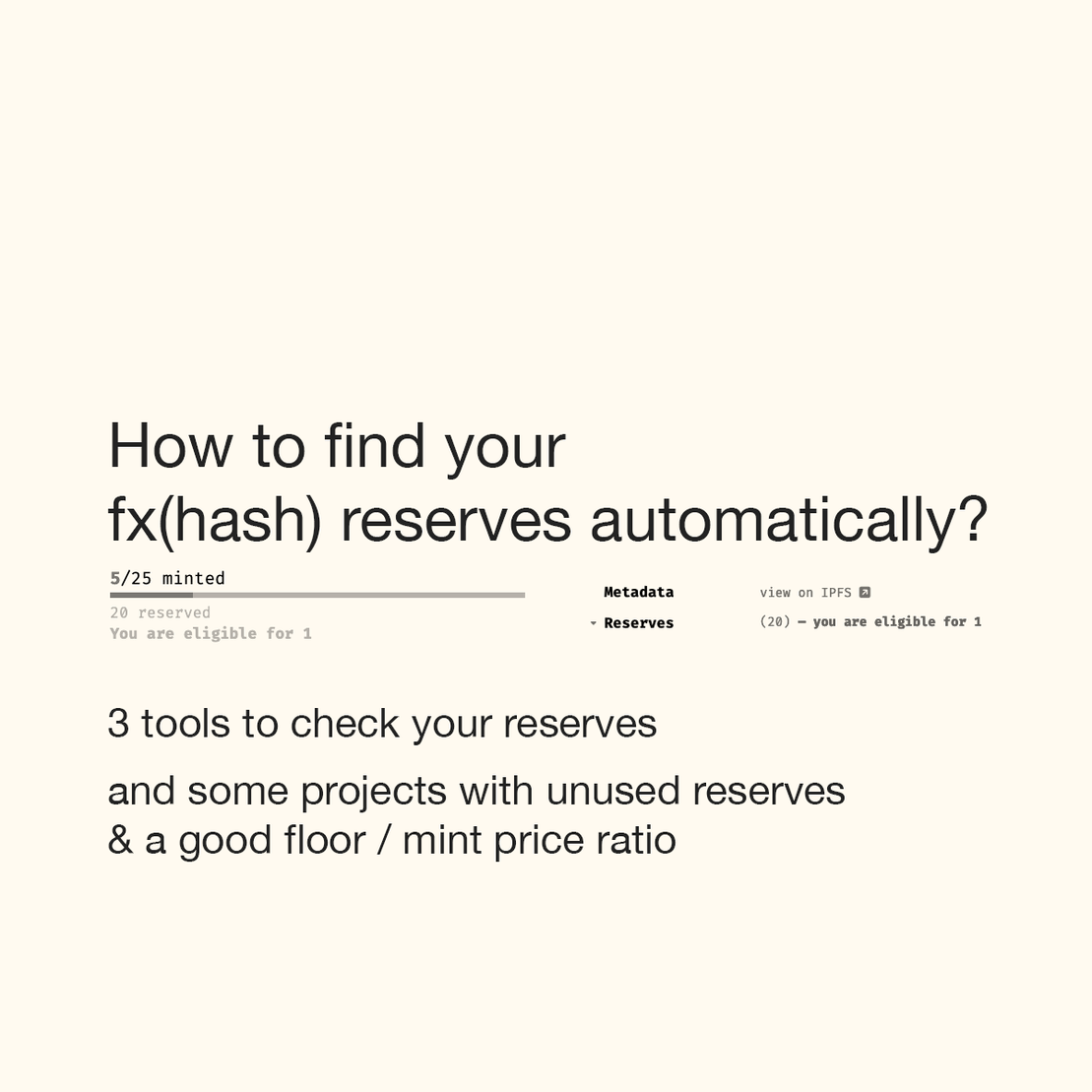
How to find your fx(hash) reserves automatically?
People often ask if there is an automatic way to check their fx(hash) reserves. The answer is yes. And this article will show some tools to do it. If you have never used a tool to check your reserves, it’s time to find them.
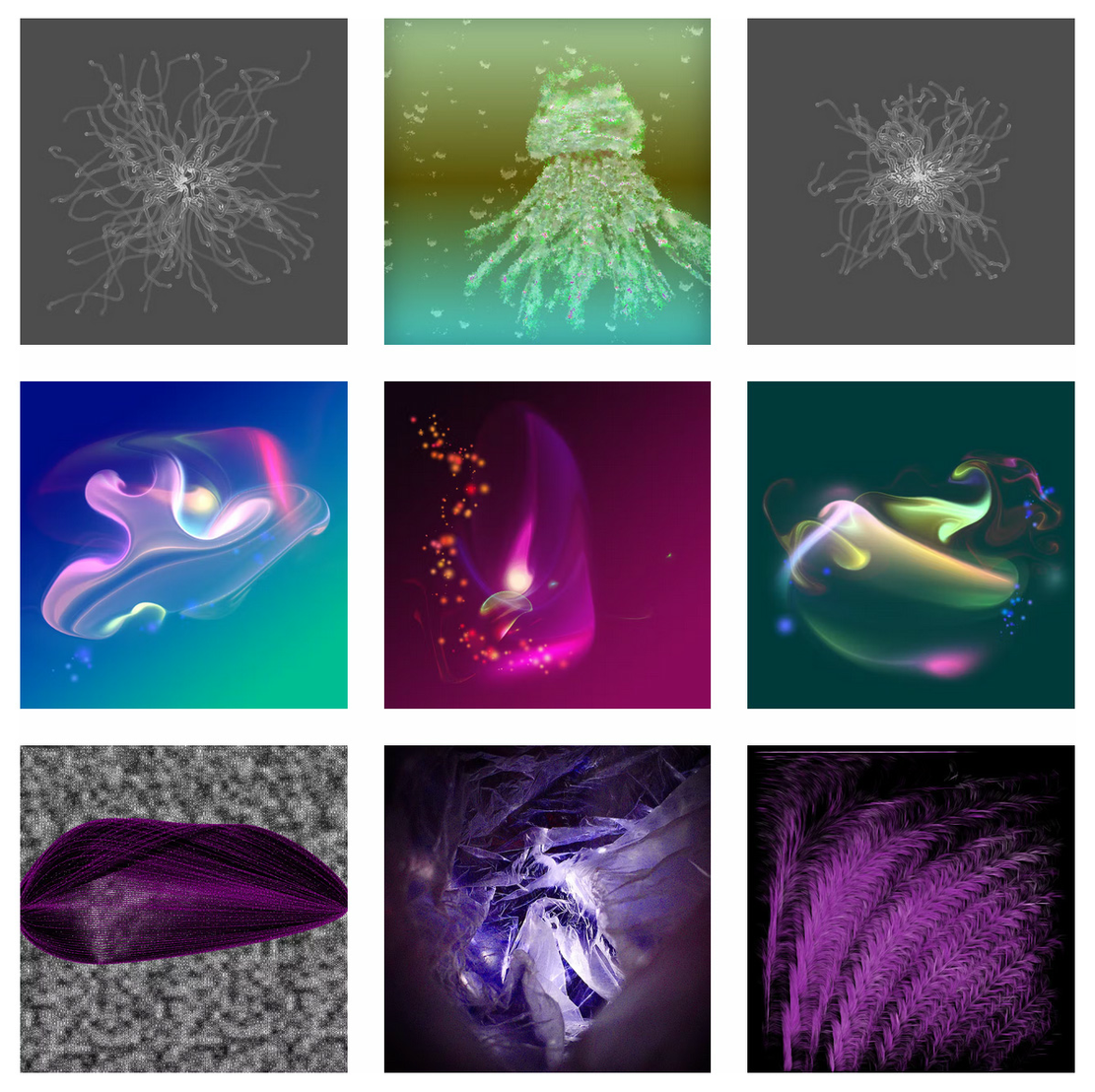
Once upon a time... a #5tezCollection
Is it possible to create a collection with 5 tezos that has a guiding concept and represents a small sample of the diversity of digital art? Let's try. This collection was built guided by the notions of dream and poetic narrative. It was made by collecting works in FX(hash) and OBJKT and was motivated by the #5tezCollection challenge.

Getting Started with Universal Rayhatcher
Artists are making fantastic creations with Universal Rayhatcher. Have you been itching to try it out yourself and see what you can make? The possibilities are endless and in this guide you’ll get the building blocks you need. Let’s make art with code!
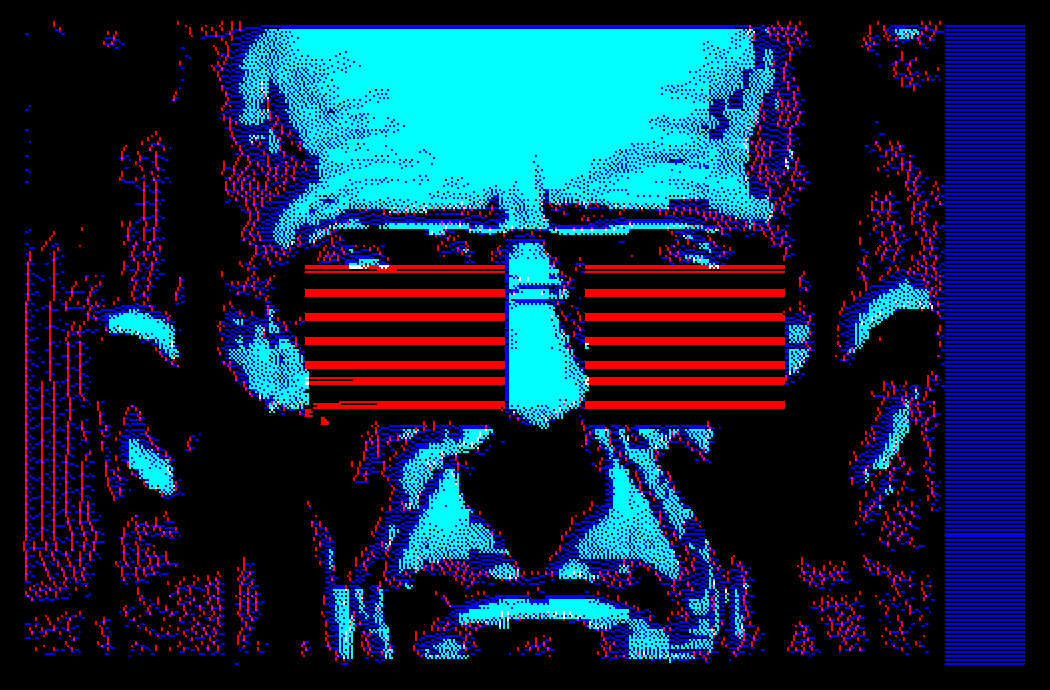
rtrdgtzr - Minter's Guide
This article will provide a guide for minters of rtrdgtzr, a long-form collaborative collection on fxhash. What you see when you open the minting window is a blank canvas, an editor, which takes an input image provided by the minter and applies generative post-processing to it. The output is an animated composition which can be exported into a gif, the original animated file format made for the Internet. The input image itself is compressed and stored on-chain through params mechanic as a signal in string format, retrieved every time the artwork is regenerated. rtrdgtzr draws heavily from the tradition of pixel and glitch art, graphics from the '80s and '90s, and techno-dystopian aesthetics of William Gibson's novels. If you want to mint an artwork into the collection, we strongly advise you to read the first part of this guide. Deeper technical details of the collection are provided in the second part of the article.
